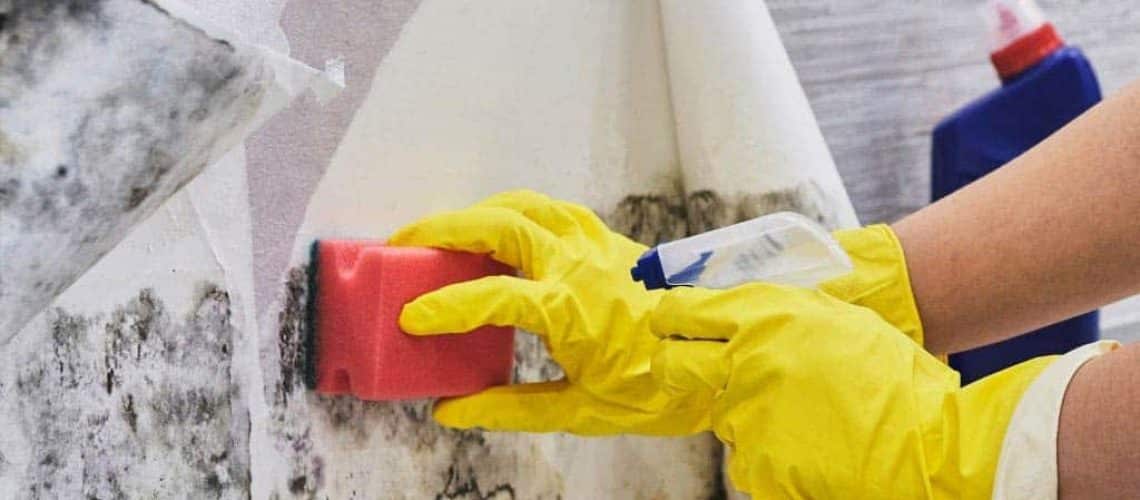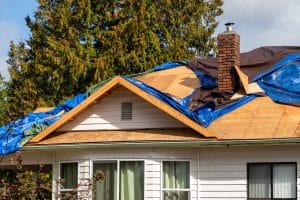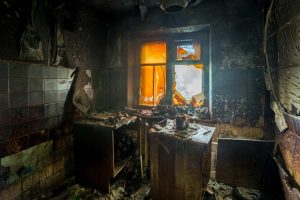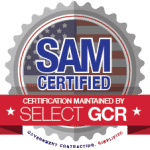Many people feel a shiver when they see the tell tale black, green, and white marks of mold damage in a bathroom or basement, fearing the worst. Although mold is a naturally occurring substance in nature and is important as a decay organism in breaking down outdoor elements that have died, that doesn’t mean you want it in your home! Mold moves quickly, and can cause illnesses such as cold-like symptoms, headaches, and even confusion. Checking for mold damage is extremely important because of mold’s toxicity, and you need to know if you need mold remediation in your home.
Where Mold Lives
Mold thrives where there is moisture, darkness, and dirt to feed on in your home. This includes any place that has experienced a water leak, whether from a storm or a broken pipe. Bathrooms, basements, and window ledges are often the culprits in homes, as well as leaky ceilings or overflowing toilets. Mold can also live in your ductwork if it is not insulated properly, or behind walls if there is a leak in a pipe. All of these places require mold remediation because the mold will continue to eat away at your house and your health if left alone.
How to Check for Mold
The first sign that you might have mold is if you see black and green spots or streaks. This often goes hand in hand with a damp musty smell. If you are trying to decide if the black spots you see are dirt or mold, there is an easy test. Rub diluted bleach (1 part bleach, 16 parts water) on the affected area. If it cleans off easily or you erase it and then it comes back, you probably have mold. Another test is to check walls with a screwdriver and see if the wood or drywall is rotting. If it is, the mold has taken over. These tests for mold damage will tell you what you need to know, and will lead you on a path of mold remediation.
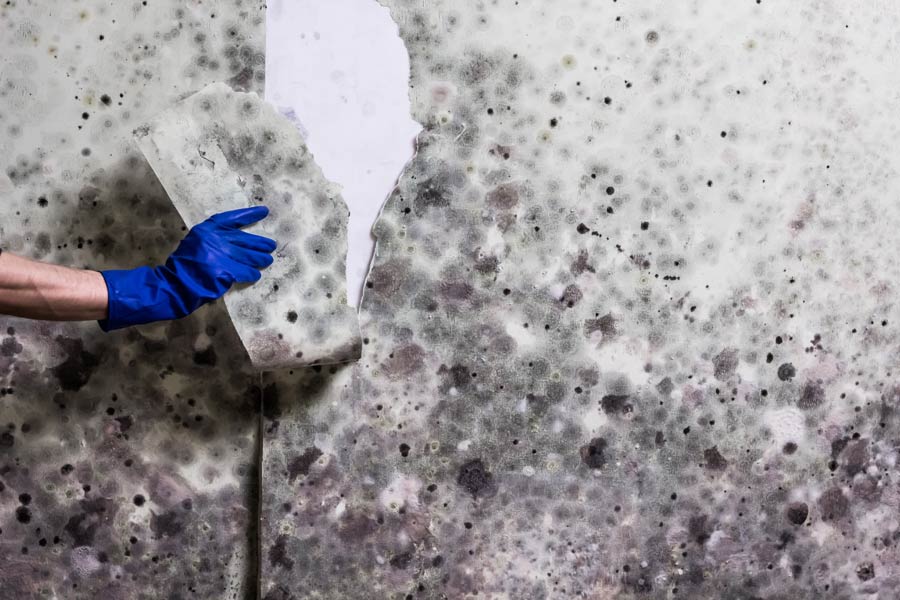
Removing the Mold
There are several things you can do to remove the mold damage from your home. You need to be prepared for the mold remediation to protect yourself and the rest of your home. Before you can remove the mold, do the following:
- Wear an N-95 mask to protect your breathing
- Set up a fan in the window
- Wear old clothes
- Wrap all infected material with double bags and tape
- Turn off furnace so spores don’t infest the whole house
Once you are prepared, you can use bleach, vinegar, or plain old soap and water to scrub your walls and floors. Make sure to take care of the water problem so the mold will not return. Using a dehumidifier and making sure the area is properly ventilated is also important.
No one wants to see the uninvited guest mold show up, but if you see the black spots and smell the dank odor, it is likely that an uninvited guest is already there. Mold remediation is necessary for the health of your family and the stability of your house itself. If mold damage is left untreated, your mold problem will reach the breaking point and the mold remediation will be extremely expensive. Checking for mold yourself is a good first step to spotting and solving the problem of mold.
For more info or to schedule a consultation contact us today at 800.922.4410

